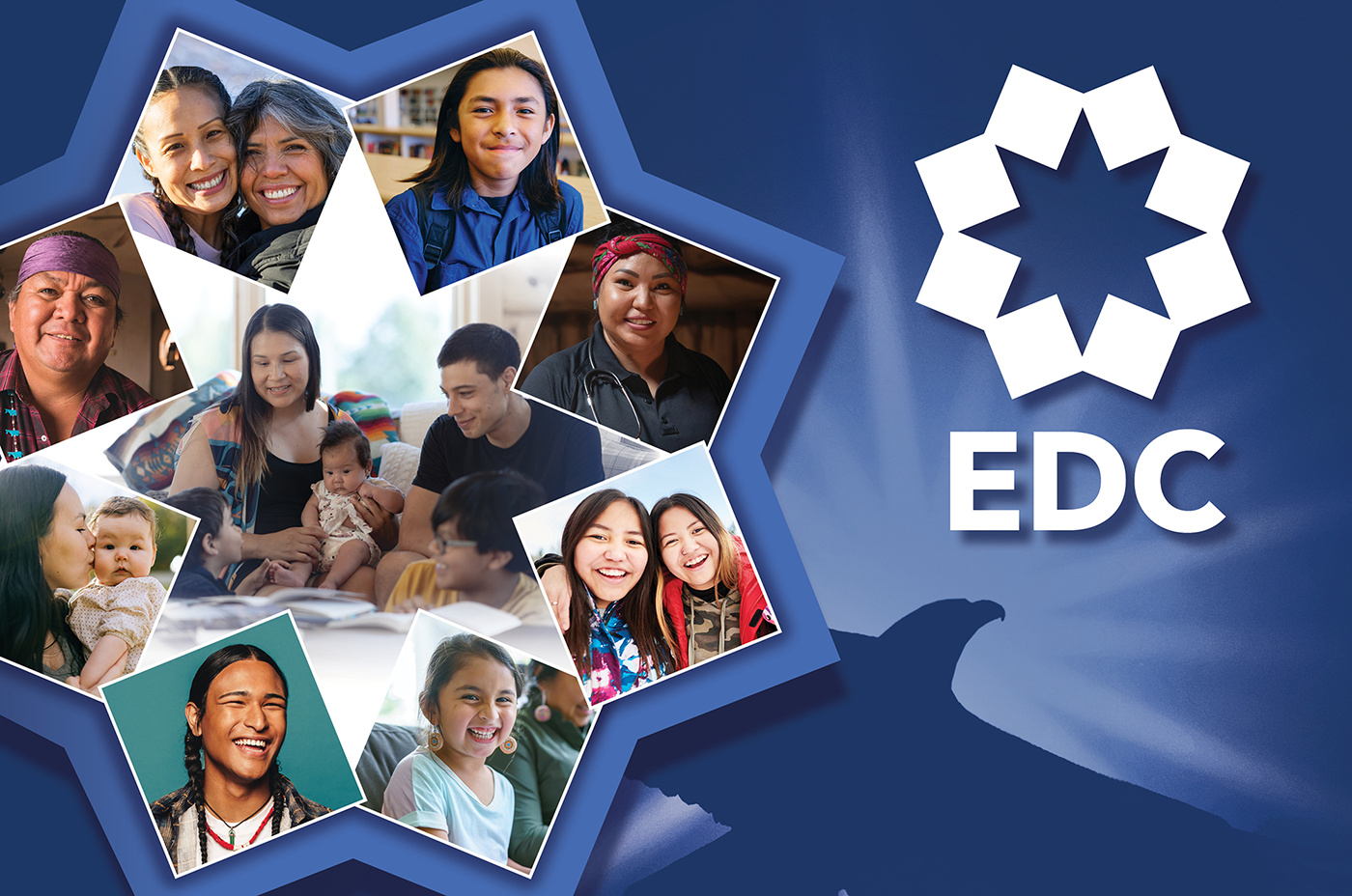Overview
Native representation is often overlooked in the development of public health and education resources, resulting in materials that can feel irrelevant or inaccessible to Native communities. This oversight is concerning given that American Indian and Alaska Native (AI/AN) people experience disproportionately higher rates of health and education-related challenges.
To address this gap, the Educational Development Center (EDC), a national organization focused on health, behavioral health, and safety, partnered with KAI to review existing resources on topics such as environmental health, substance use, trauma, child welfare, and early childhood development. KAI provided written feedback identifying opportunities to improve cultural inclusion of AI/AN families and offered recommendations for future resources tailored to their unique needs.
Challenges
Working with tribal communities requires intentional integration of cultural traditions, Indigenous Ways of Knowing, and tribally specific graphics, language, and resources. These elements are not merely aesthetic, they reflect the values, worldviews, and lived experiences of Native people.
When materials are culturally grounded, they are more personal, relevant, and respectful. This sense of recognition and inclusion fosters trust, increases engagement, and leads to more effective outcomes. Resources that resonate culturally are more likely to be used, shared, and integrated into daily life, an essential factor when addressing complex issues like health, education, and family well-being in Native communities.
Solution
KAI conducted a comprehensive review of EDC materials, assessing content, language, visuals, and overall cultural relevance. Based on this review, KAI provided detailed recommendations to better reflect the values, experiences, and perspectives of tribal communities. The goal was to ensure that these would be more accessible, respectful, and impactful for AI/AN audiences.
Results
While the implementation is still underway, KAI offered several key recommendations to guide future development:
- Use inclusive and culturally affirming language throughout all materials.
- Incorporate tribally specific examples, imagery, and narratives.
- Integrate Indigenous frameworks and knowledge systems to reflect Native worldviews.
- Identify and address areas where cultural context is missing or underrepresented.
- Prioritize cultural resonance to increase the likelihood that resources will be used, shared, and embedded into community practices.
